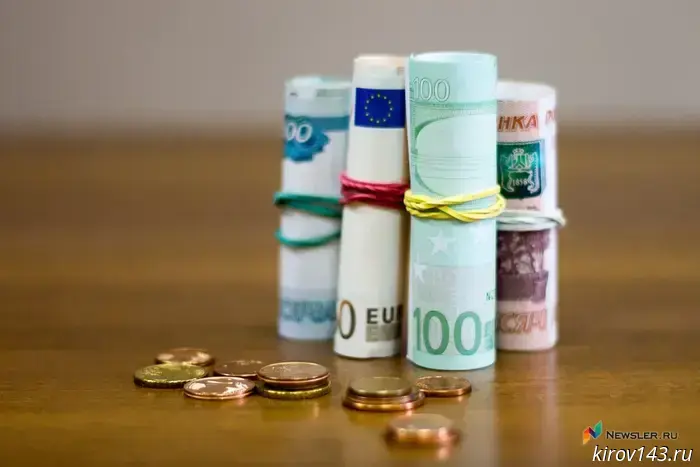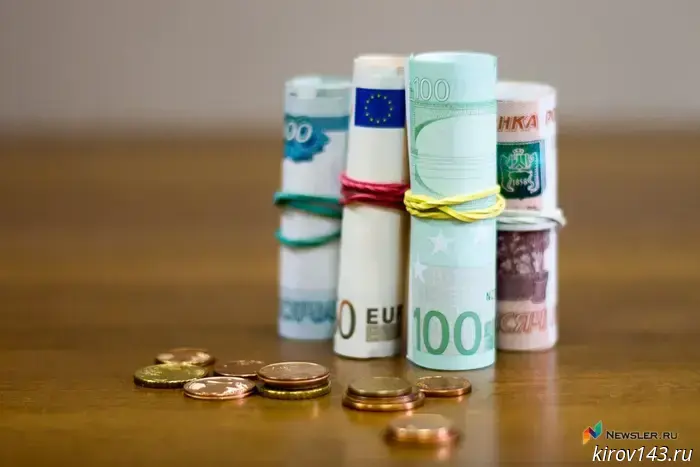
Analyst: the weakening of the ruble may begin in the summer
Recently, the federal media reported that the dollar had recently dropped below 80 rubles. We asked the analyst what this is about and what awaits the dollar/ruble pair at the end of April and beyond.
Alexander Potavin, Analyst at FG Finam:
"In mid-April, the ruble exchange rate was at its strongest levels against the dollar and yuan in recent months, even though Brent oil prices steadily settled below $70/barrel, against the level of $80/barrel that they showed at the beginning of this year. Can we say that oil has ceased to be a fundamental factor that now determines the ruble exchange rate?
One gets the feeling that this is indeed the case. However, in addition to oil, other factors are affecting the ruble exchange rate right now. For example, in March, foreign investors actively invested in Russian government bonds, selling foreign currency for rubles and buying OFZs. Many people associate the current strengthening of the ruble with the influx of this money from abroad. Expectations of improvements in geopolitics also added stability to the ruble. Many investors are looking forward to the end of the hot phase of the military confrontation in Ukraine, the improvement of relations with the United States and the lifting of at least some of the external sanctions.
This spring, the ruble is also affected by the fact that Russia is still doing well on the current account (SRT). The fact is that there is a time delay between changes in oil prices and their impact on the service station. Exporters need time to deliver oil by sea to consumers, which usually takes several weeks. For this reason, sharp changes in oil prices on the spot market are reflected in export earnings only with some delay. Usually, the correlation between oil prices and service stations is visible with a lag of 1-3 months. That is, in early summer, the ruble may weaken, since at that time the inflow of currency from April oil sales at low prices will be minimal.
Also in April, the ruble exchange rate was positively influenced by an increase in foreign currency sales from the Ministry of Finance, which is used to fill the shortage of oil and gas revenues of the budget of the Russian Federation. In the period from April 7 to May 12, 2025, the volume of net sales of currency (yuan) by the monetary authorities will increase to 10.46 billion rubles per day— which is 1.76 times more than it was a month earlier. This factor will increase the volume of currency supply on the market, which means a stronger ruble exchange rate. Apparently, the Ministry of Finance will continue to sell foreign currency from reserves in May.
The ruble should traditionally be supported by the tax payment factor at the end of April, for which exporters usually sell the currency.
Therefore, our forecast for currencies by the end of the month is that we expect trades in the range of 81-85 rubles for the dollar, 91-96 rubles for the euro, and 11.0—11.6 rubles for the yuan. We are waiting for the weakening phase of the ruble since the summer of this year. By the end of the year, the dollar may rise to 98-100 rubles, the euro may recover to 110 rubles, and the yuan will be around 13.7 rubles."
Другие Новости Кирова (НЗК)
 Kirov resident lost almost a million rubles trying to "enroll in the tax service"
A 27-year-old resident of Kirov became a victim of fraudsters posing as government officials. He voluntarily transferred 948 thousand rubles to the attackers — most of this amount was loan money.
Kirov resident lost almost a million rubles trying to "enroll in the tax service"
A 27-year-old resident of Kirov became a victim of fraudsters posing as government officials. He voluntarily transferred 948 thousand rubles to the attackers — most of this amount was loan money.
 Business horoscope: Taurus can take risks, and Sagittarius will have to fight for a place in the sun
Astrologers told us what events in the business sphere of each zodiac sign will take place this Tuesday.
Business horoscope: Taurus can take risks, and Sagittarius will have to fight for a place in the sun
Astrologers told us what events in the business sphere of each zodiac sign will take place this Tuesday.
 An inadequate pepper spray was sprayed on route No. 54 in Kirov
The incident occurred at a bus stop near the Palace of Creativity — one of the young people sprayed pepper spray inside the bus. There were no casualties among the passengers.
An inadequate pepper spray was sprayed on route No. 54 in Kirov
The incident occurred at a bus stop near the Palace of Creativity — one of the young people sprayed pepper spray inside the bus. There were no casualties among the passengers.
 Russians were offered to advise Sandalov
Dmitry Russkikh, who recently resigned as a deputy of the Parliament of the Russian Federation, received an offer to take up the post of adviser to the Chairman of the Government of the Kirov region.
Russians were offered to advise Sandalov
Dmitry Russkikh, who recently resigned as a deputy of the Parliament of the Russian Federation, received an offer to take up the post of adviser to the Chairman of the Government of the Kirov region.
 Russian Guards saved a Kirov resident from a drunken aggressor with a knife
A drunk resident of Kirov, staying in the apartment of a woman he knew, threatened her with a knife.
Russian Guards saved a Kirov resident from a drunken aggressor with a knife
A drunk resident of Kirov, staying in the apartment of a woman he knew, threatened her with a knife.
 The dollar exchange rate dropped below 81 rubles for the first time since the summer of 2023
The Central Bank of Russia has set the official dollar exchange rate at below 81 rubles for the first time in the last nine months.
The dollar exchange rate dropped below 81 rubles for the first time since the summer of 2023
The Central Bank of Russia has set the official dollar exchange rate at below 81 rubles for the first time in the last nine months.
Analyst: the weakening of the ruble may begin in the summer
The expert commented on the news about the falling dollar and made a forecast for the near future.
